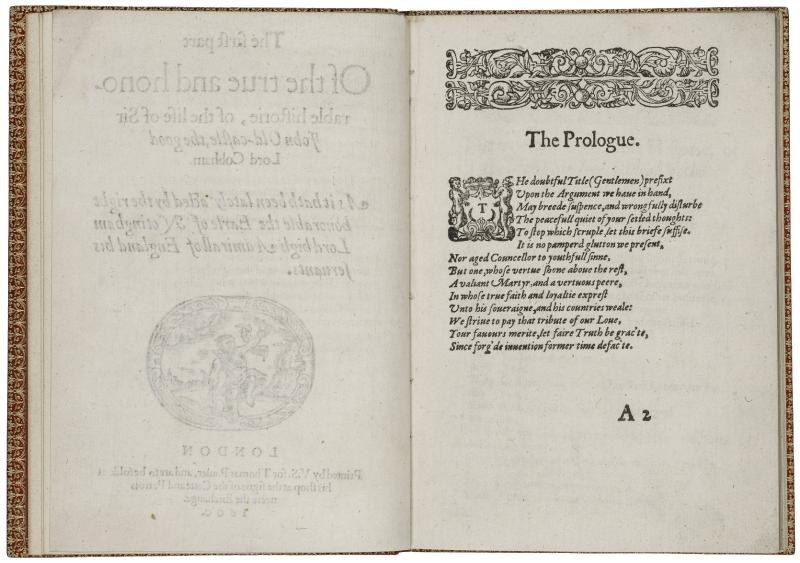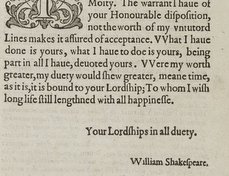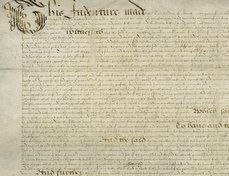Terms of use
Images that are under Folger copyright are licensed under a Creative Commons Attribution-ShareAlike 4.0 International License. This allows you to use our images without additional permission provided that you cite the Folger Shakespeare Library as the source and you license anything you create using the images under the same or equivalent license. For more information, including permissions beyond the scope of this license, see Permissions. The Folger waives permission fees for non-commercial publication by registered non-profits, including university presses, regardless of the license they use. For images copyrighted by an entity other than the Folger, please contact the copyright holder for permission information.
Copy-specific information
Title: The first part of the true and honorable historie, of the life of Sir Iohn Old-castle, the good Lord Cobham. As it hath been lately acted by the right honorable the Earle of Notingham Lord high Admirall of England his seruants.
Date: Printed by V[alentine] S[immes] for Thomas Pauier, and are to be solde at his shop at the signe of the Catte and Parrots neere the Exchange, 1600.
Repository: Folger Shakespeare Library, Washington, DC, USA
Call number and opening: STC 18795, title page & sigs. A1v-A2r
View online bibliographic record
Peter Kirwan, "Sir John Oldcastle Part 1, first edition," Shakespeare Documented, https://doi.org/10.37078/219.
Folger Shakespeare Library, STC 18795. See Shakespeare Documented, https://doi.org/10.37078/219.
The first edition of Sir John Oldcastle Part 1 poses many difficulties. Firstly, there exist two different quartos of the play bearing the year 1600, one of which bears Shakespeare’s name as author. Thomas Pavier published both editions; but the one which bears Shakespeare’s name is in fact a falsely dated 1619 edition (for a discussion of which see Sir John Oldcastle Part 1, second edition). The genuine 1600 edition shown here is anonymous. The play’s “first part” indicates the promise or availability of a “Part 2” which is lost, but which was also bought by Philip Henslowe for the Admiral’s Men (Knutson 2010).
The Protestant martyr Sir John Oldcastle is the historical original of Shakespeare’s Sir John Falstaff. Although Shakespeare is unnamed, the play’s Prologue articulates a relationship to the Henry IV plays in its claim that “It is no pamperd glutton we present, / Nor aged Councellor to youthfull sinne,” (A2r) providing one of the strongest pieces of corroborative evidence that Shakespeare’s Falstaff may have originally been called “Oldcastle,” and that this play purported to tell the “true” story of the maligned martyr.
The play’s attribution to Shakespeare has not endured partly because Henslowe’s diary records payments to Anthony Munday, Michael Drayton, Robert Wilson and Richard Hathaway for both Parts of the play. Nonetheless, James Marino has made an interesting case that the shared theatrical property of Falstaff/Oldcastle, which is in some respects admitted by this play’s Prologue, may have led to the play being in some sense considered Shakespeare’s (Marino 2001).
Written by Peter Kirwan
Sources
Roslyn L. Knutson, "Sir John Oldcastle, Part 2," Lost Plays Database. 8 February 2010.
James J. Marino, "William Shakespeare’s Sir John Oldcastle," Renaissance Drama 30 (2001): 93-114.
Last updated January 25, 2020














